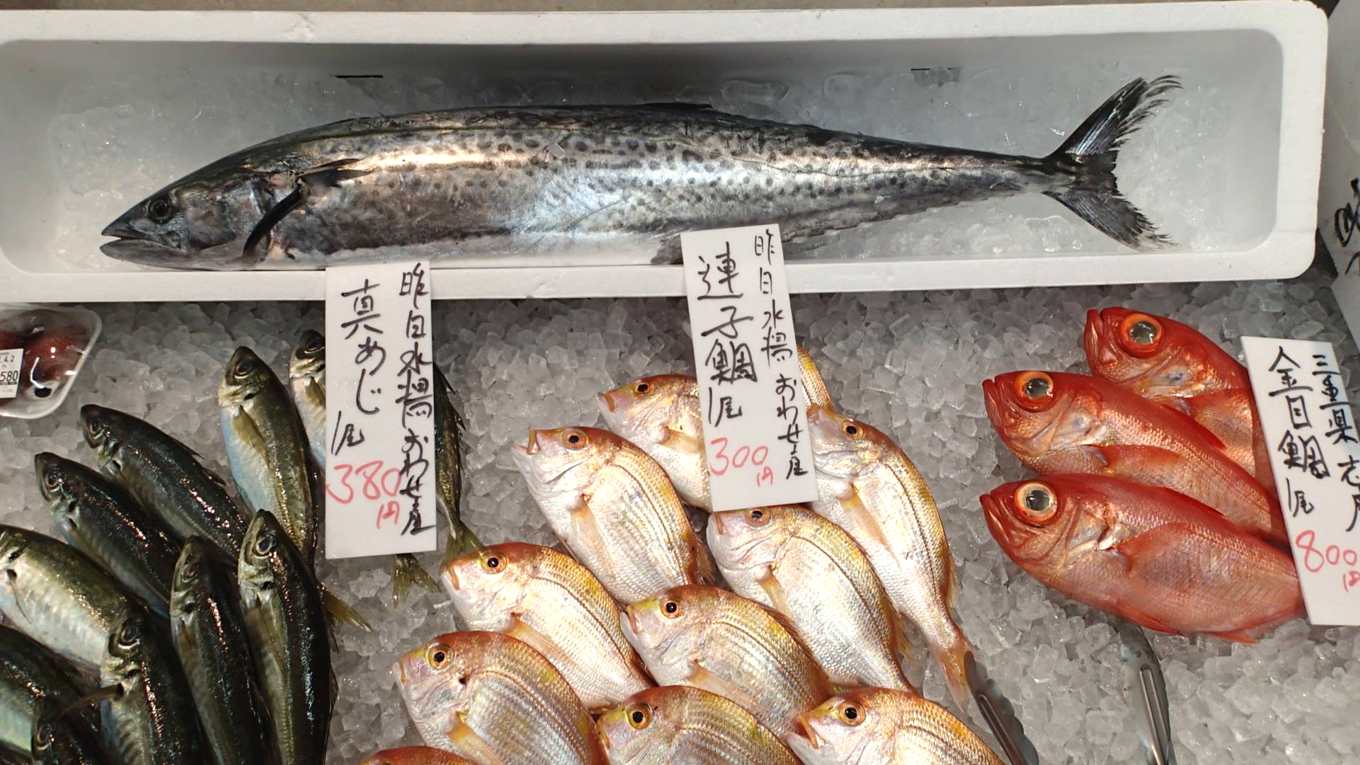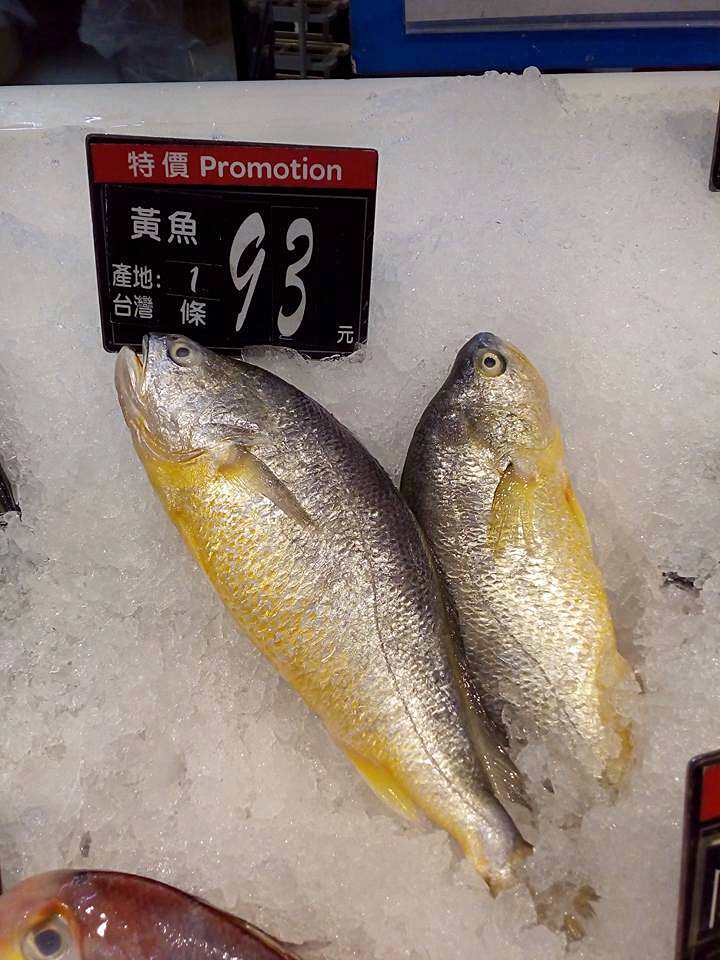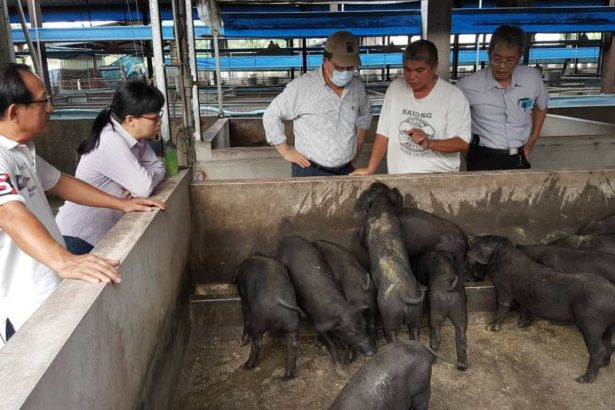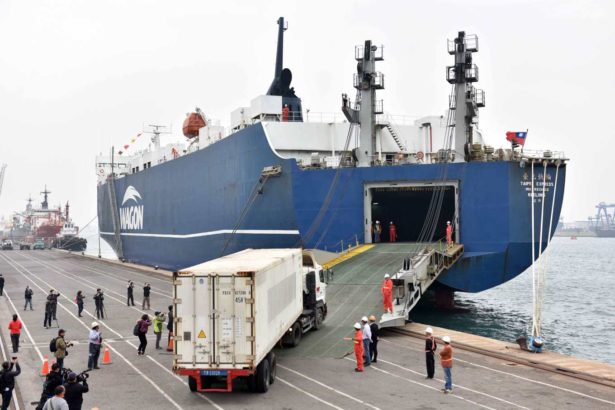Xu Chengyi / seafood fraud spread frequently all over the world, and Taiwan is also on the list. You can see eight common fraud methods at once.
Share + 1 Tweet Email
(by Phil Newell / Xu Chengyi) (founder of Shengsheng Ocean and responsible Fisheries Index)
During the Spring Festival, employees of the Taichung Fish Market reported the mis-sale of fish products in the internal market, which turned into a legal incident and caused trouble in the media. In fact, not only in Taiwan, "seafood fraud" (Seafood Fraud) is a common term at home and abroad in recent years, and US officials have also set up a special seafood fraud zone to introduce all kinds of seafood fraud in the United States! After watching the hustle and bustle, let's also take a look at the way: what is wrong with Taiwan's seafood market?
What is "fresh (current) seafood"?
First of all, we must first clarify the definition of "cash". This is a Taiwanese language that describes fresh fish. The correct term is "current". In Taiwanese, "flow" stands for "tide". The source comes from at least before 1949, when seafood mainly came from offshore fishing. Due to the underdeveloped fishing gear and fishing methods, many fishing operations needed to cooperate with tidal operations, so the current tidal fish was called "current" fish, while the previous tidal fish was called "overflowing". Since there was no cold storage equipment at that time, "current flow" became synonymous with fresh fish.
If you look at seafood by this standard, in fact, fishing for fish without ice storage is not fresh in an environment with an average annual temperature of more than 20 degrees in Taiwan. today's advanced technology, whether frozen or frozen, should be more fresh than the current seafood in the past! However, because "current" seafood sounds attractive, the market often sells catch by this name, and consumers also think that "current flow" is frozen seafood that has not been frozen, or mistakenly thought it was caught that day, but this is almost impossible!


The store is marked "Taiwan yellow croaker", but Taiwan does not produce yellow croaker (Photo Source / Xu Chengyi)
(2) the mode of production is not true:
In Taiwan, when there is a general lack of understanding of the mode of seafood production, and consumers generally like wild seafood, farmed fish are often regarded as wild fish for sale. In the past, even the statistics of large wholesale markets regarded the smuggled Chinese farmed yellow croaker as the wild catch of yellow croaker in Taiwan, not to mention the chaos of smaller retail markets and networks.
(3) the name of the product is messy:
In ancient times, there were oil fish pretending to be cod, and recently catfish passed off as Dolly fish. The problem of name fraud is becoming more and more serious, freshwater crayfish has become crayfish, squid has become soaked, abalone, shark has become white swordfish, earthen fish. The authorities have been slow to launch the standard name of the Taiwan market, making the seafood market, which imports more and more kinds of seafood, more and more chaotic. At a loss, many catering industries simply stop writing the names of fish and mark them as steamed shrimp and braised fish in the way of cooking. If we fight a scuffle, we will lose both people and money!
(4) untrue weight, excessive icing and swelling
Excessive icing is already the norm in Taiwan's frozen seafood. Invisible bulging uses chemical addition to increase the weight by multiple, harming not only consumers' pockets but also consumers' health, but fish fillets, shrimps, cephalopods and shellfish abound!
(5) misleading date of production:
It is customary for packaged products to take the "packaging date" as the production date, rather than the "fishing date" as the basis for calculating the shelf life. Apart from being unable to trace the correct fishing time, it also misleads consumers into constantly pursuing "seafood with the latest date." the laws and regulations do not have standardized and complete starting methods and rigid product labeling regulations, so that Taiwan has a more serious problem of seafood fraud than advanced countries.
(6) confusion of processing methods:
The way of freezing and preservation has a great impact on the value of seafood and has a serious impact on the management of food safety. The first freeze, the second freeze, the laws and regulations are not in control, so everyone is "quick freeze". As long as it is refrigerated, it is called "current flow", regardless of whether it has been frozen and thawed. This is also a more serious seafood fraud problem in Taiwan than in advanced countries.
(7) selective examination to cover up fraud:
This is also a unique seafood fraud in Taiwan, which is fuelled by the government. As a result of several food safety incidents and hype by special operators, setting up an inspection company in Taiwan has become a good business. Not only are Stiles inspection reports required everywhere, but consumers are also taught as if they are safe and that access can be bought for protection for a little money. However, the due process management and professional gatekeeping behind the inspection are no longer valued. Obviously, every inspection report tells you that the report is only valid for the samples submitted for inspection, but everyone selectively ignores it. As long as you see a Stiles inspection report, you think it can represent all the products, and it has become the most exaggerated seafood fraud in Taiwan!
(8) Verification is chaotic, and there is no need to prove traceability if it is not "full-court verification":
It should be a more effective quality assurance system than inspection, resulting in a more stringent seafood fraud! Taiwan's validated farms do not require full-court verification, and the imperfect traceability system cannot monitor the end access, so that only a small part of a pile of aquatic products under the name of verified farms are really verified; there are even official stores that verify aquatic products, but most of the sales are not verified aquatic products. Even the authorities have launched a "aquatic product traceability system" that can be obtained without proving the source of the product, making consumers mistakenly think that what they are buying is seafood from a complete source!
Only by removing seafood fraud can we have honest and sustainable seafood.
Seafood fraud exists at all times and both at home and abroad. In Taiwan, because people are extremely short of marine knowledge and like seafood, the market is open and extremely out of order, so it can be regarded as the best market for studying seafood fraud! However, this is extremely disadvantageous to Taiwan's promotion of sustainable seafood, because without healthy market support, responsible producers cannot have room for survival!
In the prevention of seafood fraud, advanced countries have widely used DNA test to judge species fraud, because although sensory judgment has a certain accuracy, it is often not accepted by judges in the face of legal liability. Taiwan academic circles have introduced this technology as a research tool, but not enough databases and equipment have been established for commercial inspection. DNA testing should be a technology that can be strengthened in preventing seafood fraud in Taiwan in the future.
Facing up to the problem of Taiwan's seafood market is the first step in improvement. Having fish every year can not be achieved by slogans. It is the result of our long-term efforts. Let us start with our own behavior and refuse to consume restaurants that deceive consumers simply by "fish, shrimp and shellfish". Let us know the seafood we handle and consume, and honestly and practically do a good job and interpret all the seafood labels.
Share + 1 Tweet Email
- Prev

Epidemic prevention and food waste war 15 "more scientific black pig era!" Animal testing institute research and development of special feed, pig farmers: looking forward to more research and development, towards transformation and development
Epidemic prevention and food waste war 15 "more scientific black pig era!" Animal testing institute research and development of special feed, pig farmers: looking forward to more research and development, towards transformation and development
- Next

The propaganda drama of "2019 Agricultural political and Trade War 01" is on the stage again. Is the export of goods tantamount to making money for farmers?
The propaganda drama of "2019 Agricultural political and Trade War 01" is on the stage again. Is the export of goods tantamount to making money for farmers?
Related
- A course of planting techniques and methods on how to grow carrots
- How to plant the latest tulips?
- Is it better to pick tea in the morning or in the afternoon? When is the best time for tea to be picked? what is the third or fifth tea?
- Launch Yuanxiao Happy combination Haocha + Tea Yuan healthy Taste
- Penghu Tourism "Fireworks 20 Parade with You"
- 2022 West Lake Happiness holds "Digital Revitalization Voucher" and draws iphone13 and laptop.
- Banqiao Fuzhou social houses are designed to change start-up combined with police elimination to create a safe and livable environment
- The convenient measure of "mechanical weeding" in Xinbei has been abused and the Agriculture Bureau has imposed heavy penalties on the illegal land consolidation.
- Changgeng University Joins Hands with Four Memory Factories to Rescue Memory Talent Shortage
- The list of Taiwan's top 100 MVP managers is listed by the Director-General of the Farmers' Association of Sanxia District.

